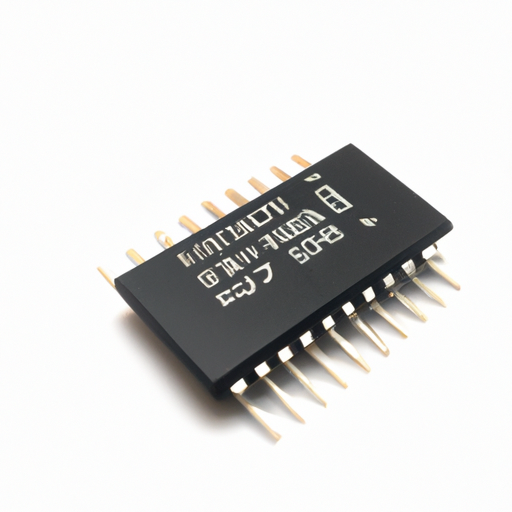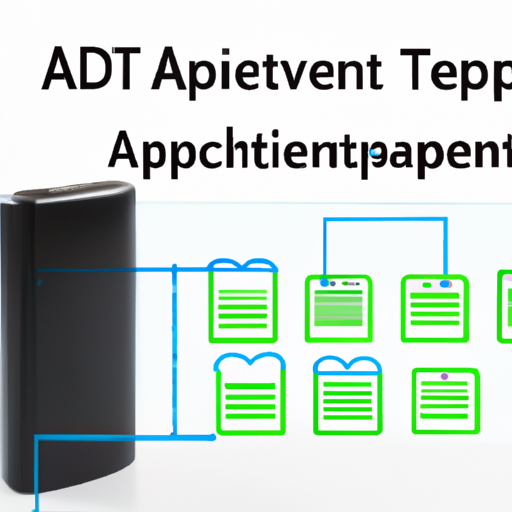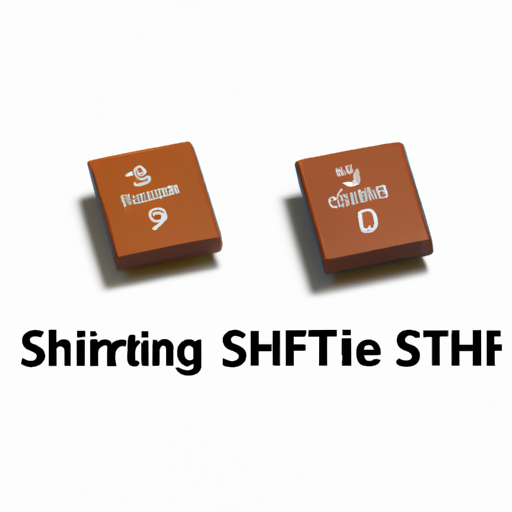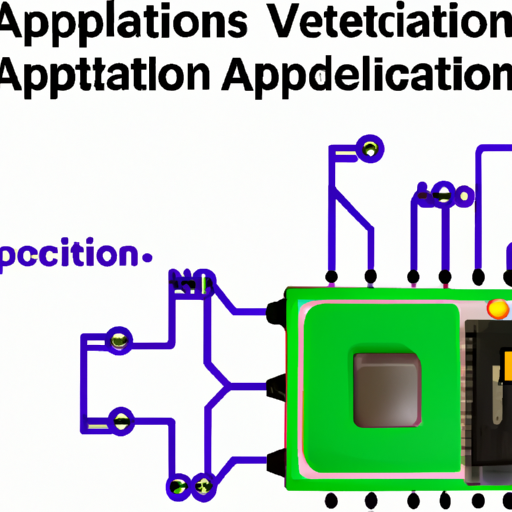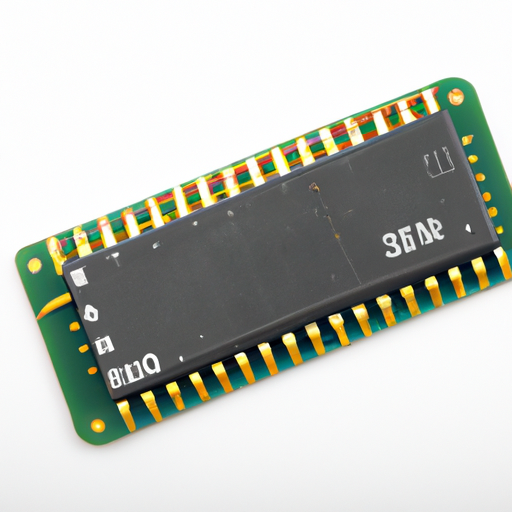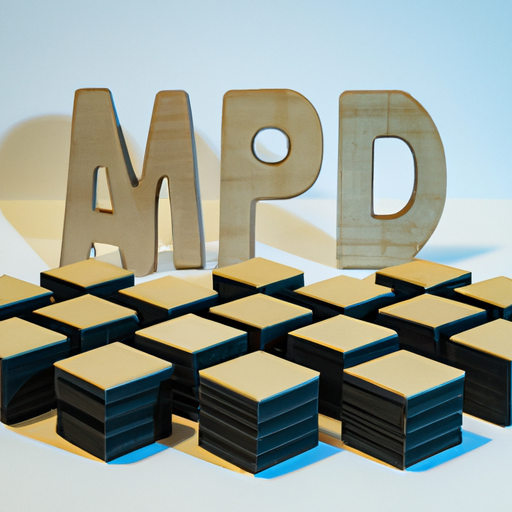1N4007-T Buffers, Drivers, Receivers, Transceivers highlighting the core functional technology articles and application development cases of Buffers, Drivers, Receivers, Transceivers that are effective.
Certainly! Buffers, drivers, receivers, and transceivers are fundamental components in electronic circuits, particularly in communication systems and digital signal processing. Below is an overview of each component, their core functional technologies, and application development cases.
Buffers
| Purpose: Buffers are used to isolate different parts of a circuit, prevent loading effects, and improve signal integrity.Purpose: Buffers are used to isolate different parts of a circuit, prevent loading effects, and improve signal integrity. |
| Types: Voltage buffers (voltage followers), line drivers, and digital buffers.Types: Voltage buffers (voltage followers), line drivers, and digital buffers. |
| Key Characteristics: High input impedance, low output impedance, and the ability to drive heavy loads.Key Characteristics: High input impedance, low output impedance, and the ability to drive heavy loads. |
| Purpose: Drivers amplify signals to drive loads such as LEDs, motors, or other circuit components.Purpose: Drivers amplify signals to drive loads such as LEDs, motors, or other circuit components. |
| Types: LED drivers, motor drivers, and line drivers.Types: LED drivers, motor drivers, and line drivers. |
| Key Characteristics: High current output, fast switching capabilities, and thermal management features.Key Characteristics: High current output, fast switching capabilities, and thermal management features. |
| Purpose: Receivers detect and process incoming signals, converting them into usable forms.Purpose: Receivers detect and process incoming signals, converting them into usable forms. |
| Types: RF receivers, digital receivers, and optical receivers.Types: RF receivers, digital receivers, and optical receivers. |
| Key Characteristics: Sensitivity, selectivity, and noise figure.Key Characteristics: Sensitivity, selectivity, and noise figure. |
| Purpose: Transceivers combine the functions of both transmitters and receivers, allowing for bidirectional communication.Purpose: Transceivers combine the functions of both transmitters and receivers, allowing for bidirectional communication. |
| Types: RF transceivers, optical transceivers, and Ethernet transceivers.Types: RF transceivers, optical transceivers, and Ethernet transceivers. |
| Key Characteristics: Integration of both transmitting and receiving functions, compact design, and often include additional features like error correction.Key Characteristics: Integration of both transmitting and receiving functions, compact design, and often include additional features like error correction. |
| 1. Signal Conditioning: In sensor applications, buffers can be used to condition signals before they are sent to an ADC (Analog-to-Digital Converter). This ensures that the signal is strong enough and free from distortion. |
| 2. Level Shifting: Buffers can be used to shift voltage levels between different logic families, ensuring compatibility in mixed-signal systems. For example, interfacing a 5V logic microcontroller with a 3.3V logic sensor. |
| 1. LED Lighting: LED drivers are used in lighting applications to provide constant current and voltage regulation, enhancing efficiency and lifespan. For instance, in smart lighting systems, drivers can adjust brightness based on ambient light conditions. |
| 2. Motor Control: In robotics, motor drivers are essential for controlling the speed and direction of motors, enabling precise movement. Applications include robotic arms and automated guided vehicles (AGVs). |
| 1. Wireless Communication: RF receivers are used in wireless communication systems to demodulate signals and extract information from carrier waves. For example, in Wi-Fi routers, receivers decode data packets transmitted over the air. |
| 2. Data Acquisition Systems: In industrial applications, receivers can be used to gather data from sensors and transmit it to a central processing unit. This is common in IoT applications where sensor data is collected for monitoring and analysis. |
| 1. Networking: Ethernet transceivers are used in local area networks (LANs) to facilitate communication between devices, supporting high-speed data transfer. They are integral in switches and routers for efficient data routing. |
| 2. Telecommunications: RF transceivers are critical in mobile phones and other wireless devices, enabling voice and data communication over cellular networks. They support various standards, including 4G and 5G, facilitating high-speed mobile internet. |
Drivers
Receivers
Transceivers
Conclusion
Buffers, drivers, receivers, and transceivers play crucial roles in modern electronic systems. Their effective application can significantly enhance performance, reliability, and efficiency in various fields, including telecommunications, industrial automation, and consumer electronics. Understanding their core technologies and application cases is essential for engineers and developers working in these domains. By leveraging these components effectively, designers can create robust and efficient electronic systems that meet the demands of today's technology landscape.

